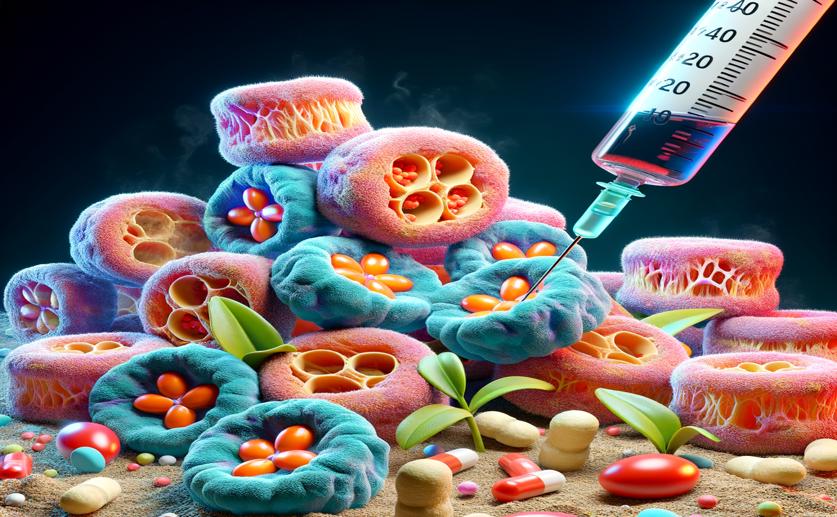
Understanding the Harmful Effects of Synthetic Food Dye on Plant Cells
Jim Crocker
12th August, 2024

Image Source: Natural Science News, 2024
Key Findings
- The study by Guru Nanak Dev University examined the effects of erythrosine on onion root cells
- Erythrosine significantly reduced cell division by 57.81% at a concentration of 0.1 mg/mL after 96 hours
- Higher erythrosine concentrations increased cell membrane damage and DNA damage, while reducing protective enzyme activities
References
Main Study
1) Assessment of synthetic food dye erythrosine induced cytotoxicity, genotoxicity, biochemical and molecular alterations in Allium cepa root meristematic cells: insights from in silico study.
Published 12th August, 2024
https://doi.org/10.1093/toxres/tfae126
Related Studies
2) Cytogenetic evaluation and DNA interaction studies of the food colorants amaranth, erythrosine and tartrazine.
3) Toxicological significance of azo dye metabolism by human intestinal microbiota.
Journal: Frontiers in bioscience (Elite edition), Issue: Vol 4, Issue 2, Jan 2012
4) Dietary intake of artificial food color additives containing food products by school-going children.



 11th August, 2024 | Jim Crocker
11th August, 2024 | Jim Crocker